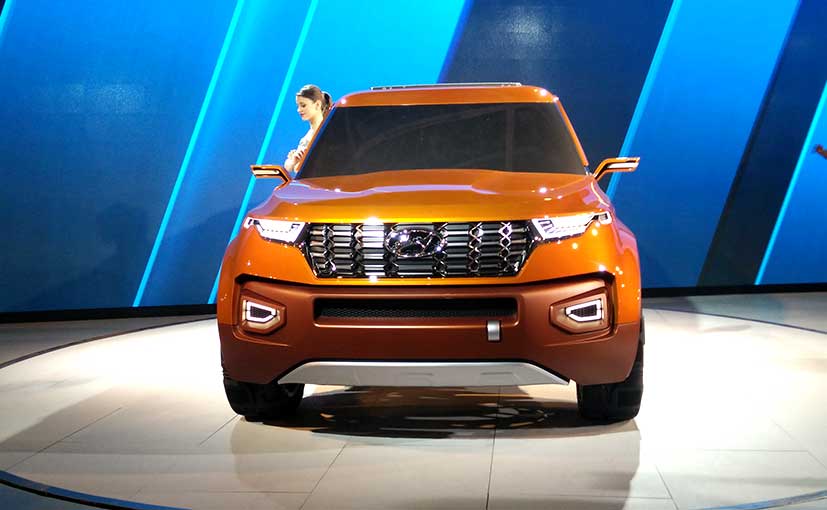In India, however, it seems a different story. This January, Chandra was handed a bill of roughly Rs 5 lakh to fix the problem, with the company offering to bear 25% of it. Aware of the global settlement, Chandra demanded global parity and extended warranty in India. Complaints to the company followed. He reached out to the
India boss Roland Folger, and even the
Germany headquarters. In May, he sent the company a legal notice. Last month he reached out to the Government of India, drawing attention to his problem and the broader issue of how global MNCs short-change Indians on issues like recalls. The government responded promptly, directing the company to address the issue within 15 days.





















